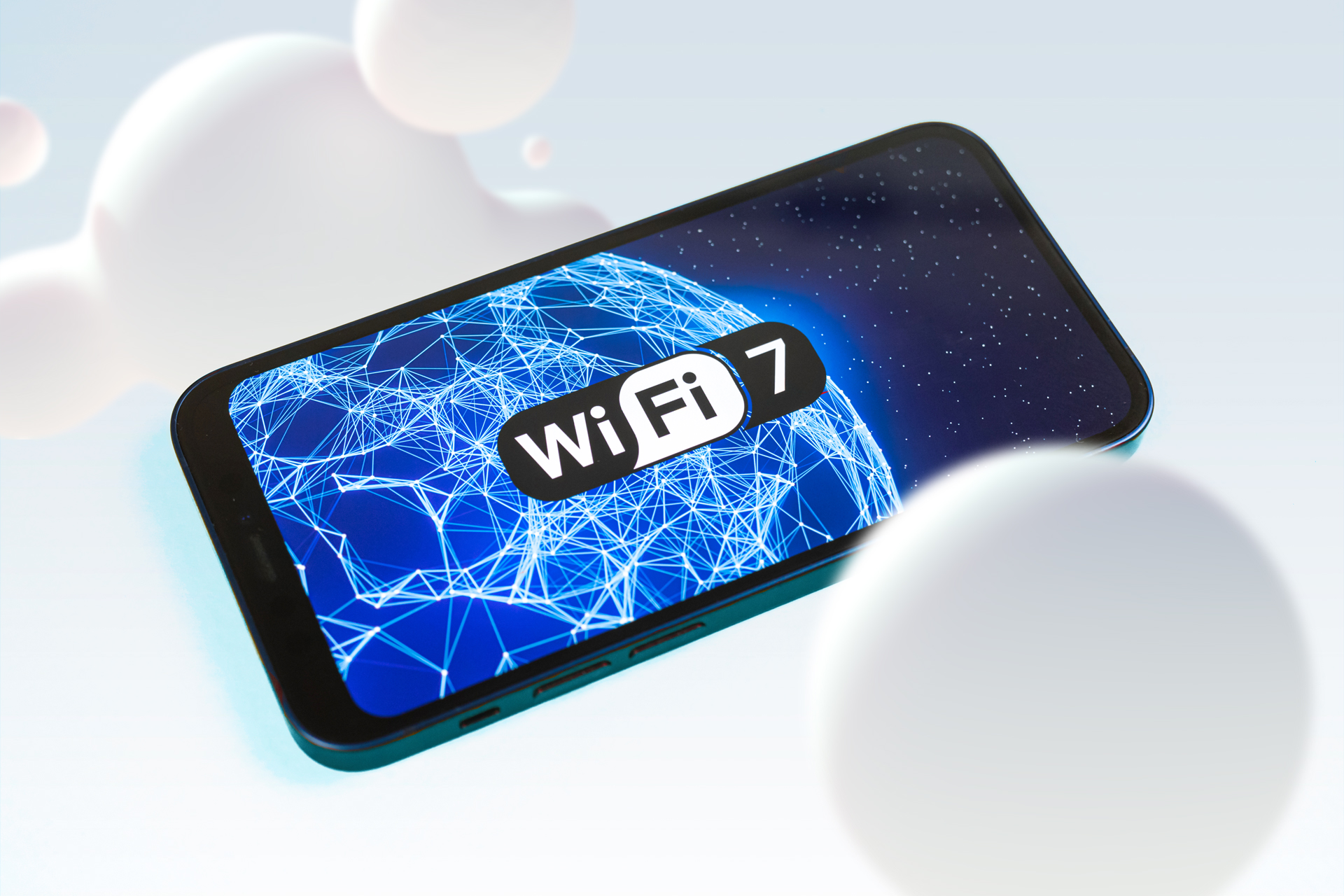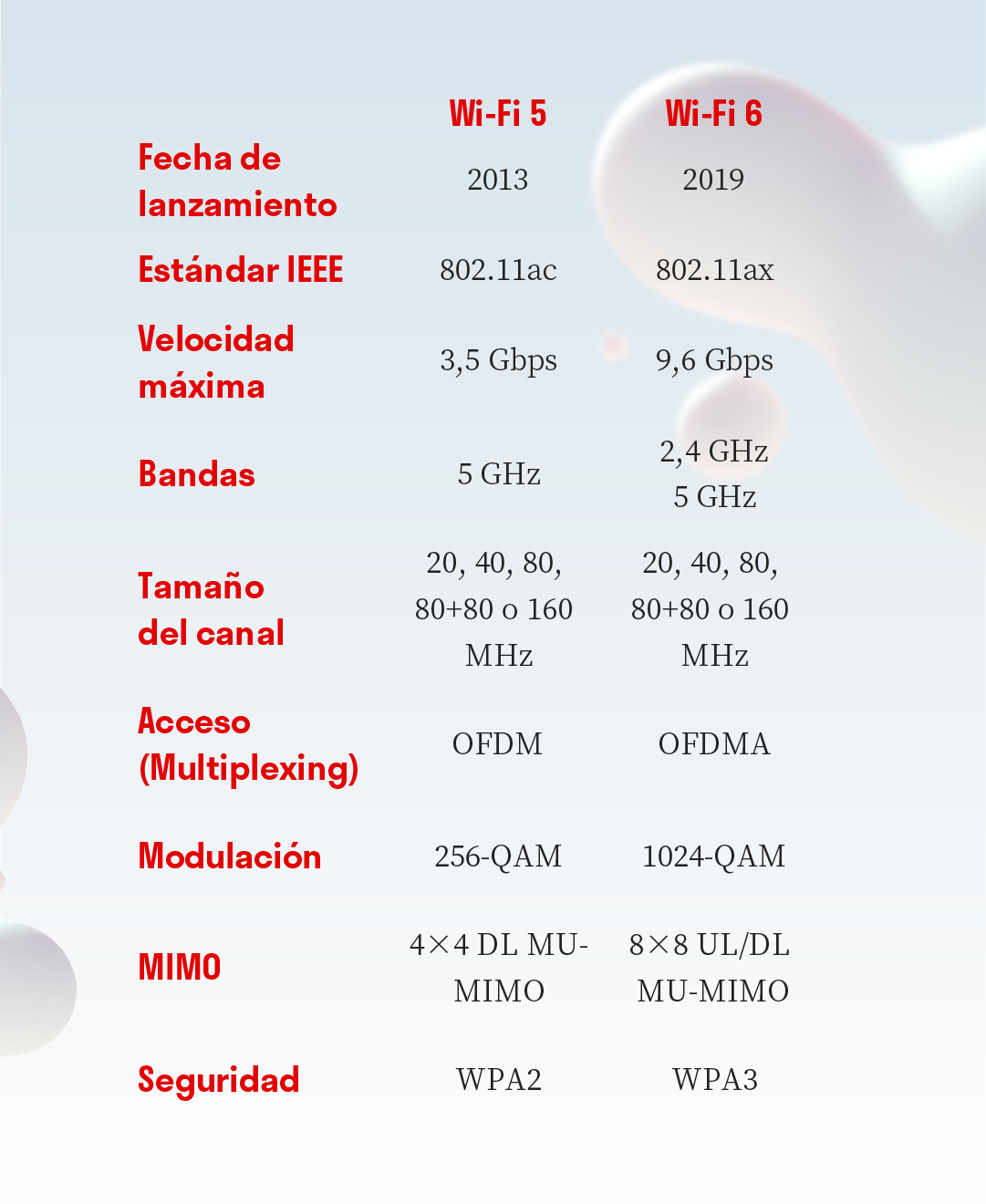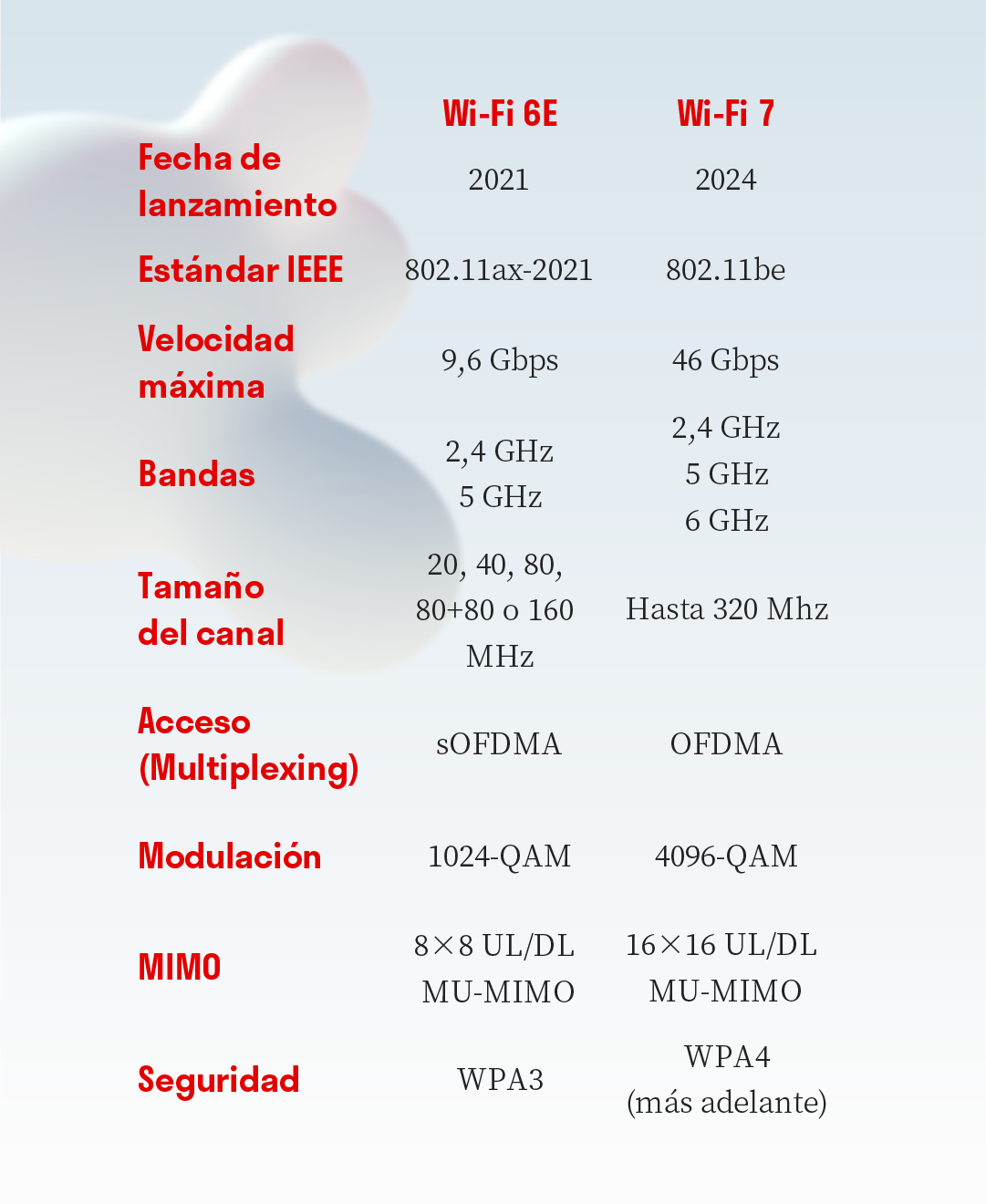If you’re about to buy a new smartphone or router, you’ve probably come across different Wi-Fi versions, such as Wi-Fi 7, Wi-Fi 6E, Wi-Fi 6 and Wi-Fi 5. But what do these numbers mean and what features distinguish them from each other? In this article, we’ll compare the different Wi-Fi versions. Find out which is faster and which provides the best video streaming quality.
Evolution of Wi-Fi
Why do so many versions coexist and what are their differences?
Although lower performance Wi-Fi standards exist, Wi-Fi 5 or higher versions are now commonly referred to. For more than two decades, the primary focus has been on providing wireless connectivity to devices to access the Internet. However, the evolution of this technology has been necessary due to changing consumer demands and the nature of the content streamed.
With the rise of high-resolution streaming, such as 4K series and movies, as well as online gaming, high-speed, reliable and low-latency connections are needed. This has driven the constant improvement of standards. While speed is a key factor, multiple connections and data integrity are also considered. In the following, we will explore each generation from Wi-Fi 5 to Wi-Fi 7.
Wi-Fi 5 (802.11ac) – Decongesting with the 5 GHz band
Launched in 2013, Wi-Fi 5 replaced Wi-Fi 4 (802.11n) in 2009. Its key innovation was the introduction of the 5 GHz band to relieve congestion in the previously used 2.4 GHz band. Wi-Fi 5 operates exclusively in the 5 GHz band and doubled the maximum data transfer rate compared to its predecessor, reaching up to 3.5 Gbps towards the end of its development. It also introduced MU-MIMO technology, enabling the simultaneous connection of multiple devices for more efficient data transfer.
The number of antennas on the router or device becomes crucial, and it is recommended to have at least four antennas for an optimal experience, especially in 4K streaming.
Wi-Fi 6 (802.11ax) – Efficient management in spaces with heavy traffic
Launched in 2019, Wi-Fi 6 does not support the 6 GHz band as you might think, but operates in the 2.4 GHz and 5 GHz bands. It offers a significant improvement in speed, reaching up to 9.6 Gbps, and in some cases up to 12 Gbps. In addition, MU-MIMO is now bidirectional and is implemented in both bands. Latency is reduced and data flow management is improved for environments with many connected devices, such as stadiums or airports. It also introduces the WPA3 encryption standard for increased security.
Wi-Fi 6E (802.11ax-2021): Triple band for decongestion
Wi-Fi 6E is an evolution that enables the 6 GHz band to avoid saturation of the 2.4 GHz and 5 GHz bands. Although it does not have a separate IEEE 802.11 designation, it is the world’s first tri-band Wi-Fi generation, providing an additional option for congestion relief. While the maximum speed remains the same as Wi-Fi 6, its ability to operate in the 6 GHz band offers improved performance in crowded environments.
Wi-Fi 7 (802.11be): Mind-blowing speed for a hyper-connected world
Unveiled at CES 2024, Wi-Fi 7 is the latest addition so far, boasting a theoretical speed of up to 46 Gbps, almost five times the maximum speed of Wi-Fi 6. Its wider channels and 16×16 MU-MIMO technology allow for greater device capacity and lower latency, making it ideal for high-traffic environments. The WPA4 encryption standard is also being worked on to strengthen security.
Optimising the speed of your router to the maximum
It is important to note that, although the standards are backwards compatible, having the latest generation Wi-Fi router does not guarantee maximum Internet browsing speed. The transfer speed when browsing is conditioned by the service contracted with the Internet provider. Therefore, the choice of Wi-Fi standard must be adapted to your real needs, considering the speed contracted with the provider. Contracting multi-gigabit speeds is necessary to take full advantage of Wi-Fi 6 or higher, but most users find sufficient performance with speeds within the Wi-Fi 5 spectrum.








